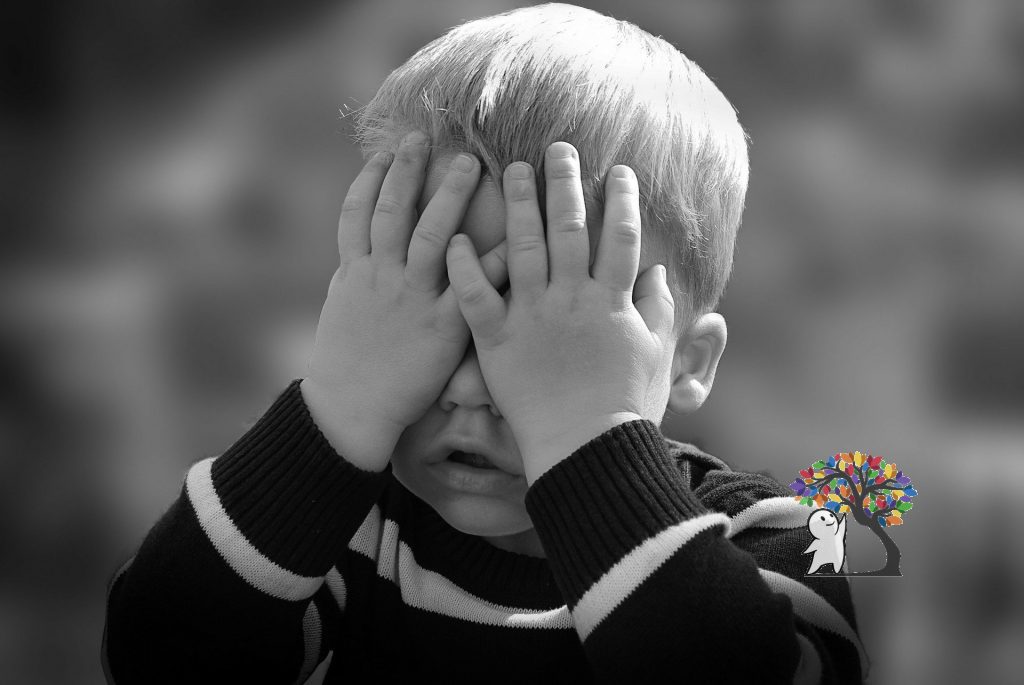Maladaptive Daydreaming – A Psychological Condition, In Which One Daydreams Excessively, To The Point Where It Can Become Harmful
You’re sitting in class trying to focus on the teacher but you can’t help the fantasy running in your head. Sound familiar? If this happens to you often, you may have a condition called maladaptive daydreaming. Psychologist Eli Somer first introduced this concept and defines maladaptive dreaming as an “extensive fantasy activity that replaces human interaction and/or interferes with academic, interpersonal, or vocational functioning.”
Unlike psychotic or schizophrenic disorders, maladaptive daydreamers:
- Know the difference between reality and their fantasies.
- Often construct very elaborate daydreams
- The daydreams are developed like book or movie fantasies in which the daydreamer has created their own world, setting, characters, and plot.
But what causes maladaptive daydreaming? Is it simply our desires being lived out? Are we living vicariously through our daydream characters? Or does maladaptive daydreaming perhaps serve another purpose?
There has not been much qualitative study conducted on maladaptive daydreaming since Eli Somer coined the term in 2002, but there have been extensive questionnaires with qualitative designs that have been conducted on maladaptive daydreaming. Qualitative research examines life experiences to gain insight and explore a certain phenomenon. This collective study consisted of two structured diagnostic interviews, two quantifiable questionnaires, and an open-ended interview. The open-ended interview followed the Structured Clinical Interview for DSM (SCID), which is an aid used for diagnosing psychological disorders. The SCID was used for accuracy purposes. There were not many participants in this collective study/investigation and they were all part of a clinical population. The small sample size leads to less statistical significance and it is harder to generalize or relate the findings to the general population. We run into a similar issue with the use of a clinical population. In this case the complication is that all the participants were already seeking therapy for psychological disorders, be they minor ones or major ones.
The investigation found that that the highest amount of maladaptive dreamers had experienced some sort of trauma or abuse in their childhood. This gives evidence to the theory that maladaptive daydreaming is a defense mechanism – a way to cope with the anxiety or stress of a trauma, abuse, or the weight of everyday life. Maladaptive daydreaming can become detrimental to your well-being. Instead of directing your energy and motivation towards positive action, it is used to project your innermost desires and create a false reality.
Perhaps the most detrimental aspect of maladaptive daydreaming is being aware that the fantasy is in fact a farce; it creates a false sense of hope that is ripped away from the daydreamer every time they emerge back into reality. I personally have created fantasies in my head that I sometimes get caught up in. But who doesn’t want to be the star of the show? Have any of you experienced maladaptive daydreaming? If you haven’t, what are your thoughts on this condition?
Edited by: Amogha
Sources:
http://www.medicaldaily.com/maladaptive-daydreaming-what-it-247629
http://www.isst-d.org/downloads/ISSTDnews/ISSTDnews%20July%202013%20MCC.%20Somer.%20Final.%20doc.pdf
http://www.psychologytoday.com/blog/fulfillment-any-age/201301/why-and-how-you-daydream
http://www.academia.edu/3342105/Maladaptive_Daydreaming_A_Qualitative_Inquiry





I have it, 100%. Sometimes I zone out for a while or I’ll get so into it that I can’t hear what people say to me. Sometimes I’ll just sit in the kitchen and think of stuff like if I meet a person what would happen or riding horses stuff like that but they also get really dark. I’ve been in a wreck and I day dream about wrecking and dying or killing someone or like rolling off a highway bridge. I get what it’s like tho!